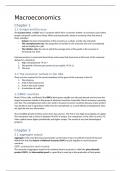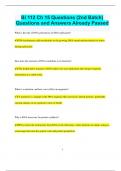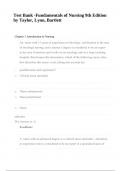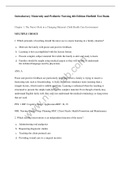Samenvatting
Summary Macroeconomics a European Perspective - Macroeconomics (ECB1MACR)
- Vak
- Instelling
- Boek
A summary of the book "Macroeconomics a European perspective" that is discussed in the subject Macroeconomics. Chapters 1-9 and 11-17. Also the CORE units 10, 16 and 17 are inclusive.
[Meer zien]













